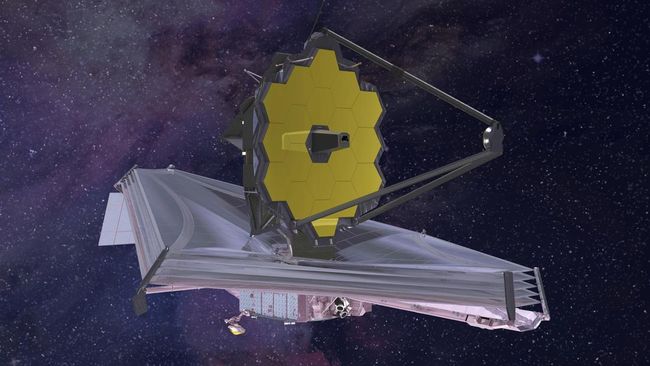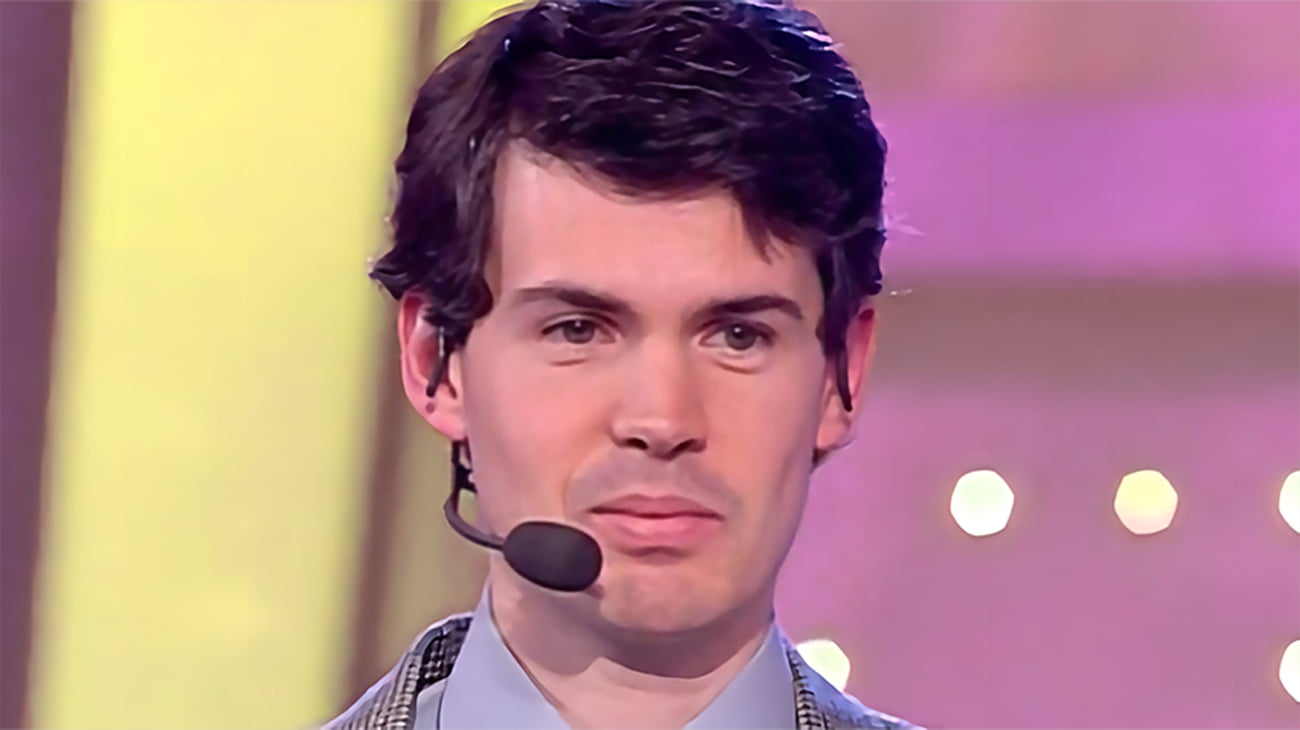A scientist French apologized after uploading a photo of a piece of chorizo, a pork sausage from the Iberian Peninsula, claiming it was an image of a star taken by the Space Telescope James Webb (JWST).
Etienne Klein, a physicist and director at the French Atomic Energy and Alternative Energy Commission, shared an image of a spicy Spanish sausage on Twitter last week, praising its “level of detail”.
“Image of Proxima Centauri, the closest star to the Sun, 4.2 light-years from us. It was picked up by JWST. This level of detail… A new world is revealed every day,” said he, who has 91,000 followers, Sunday (31/7).
ADVERTISEMENT
SCROLL TO RESUME CONTENT
–
The post was-retweet and commented on by thousands of users, many of whom agreed with the scientist’s words.
In a series of tweets a few days later, Klein later admitted that the image was actually a close-up cut of the chorizo against a black background.
“Yes, at cocktail hour, cognitive bias seems to find plenty to enjoy… Beware. According to contemporary cosmology, no object related to Spanish charcuterie exists anywhere else than on Earth,” he tweeted.
It then got a strong reaction from members of the online community.
Klein then conveyed, “In light of certain comments, I feel obligated to state that this tweet featuring an alleged image of Proxima Centauri is a joke.”
“Let’s learn to be wary of such jokes. arguments from positions of authority as much as the spontaneous eloquence of certain images.”
On Wednesday (3/2), Klein apologized for the joke, saying his intention at the time was “to urge caution regarding images that appear to speak for themselves.”
Klein also uploaded a spectacular image of the Cartwheel galaxy and convinced his followers that this time the photo was real.
The James Webb Telescope is the most powerful space telescope ever launched into space, and officially began scientific operations on July 12.
This spacecraft is able to peer into the atmospheres of exoplanets and observe some of the first generation galaxies that were created after the Big Bang through its infrared vision, which is invisible to the human eye.
(team/arh)
–


